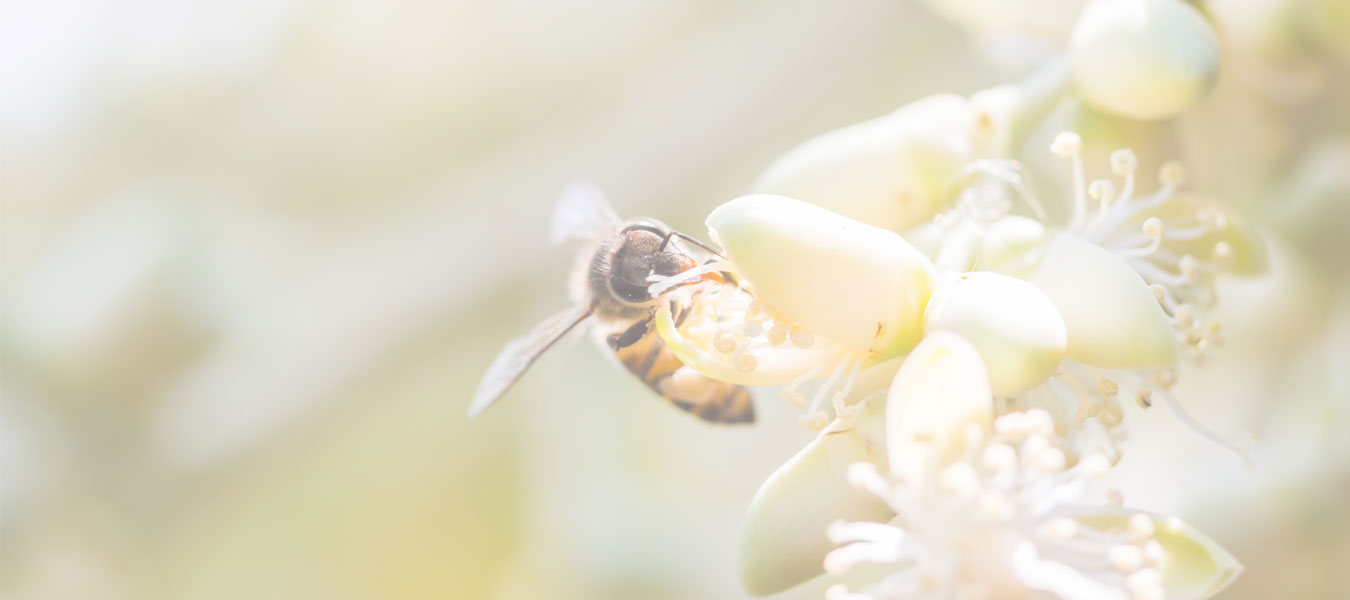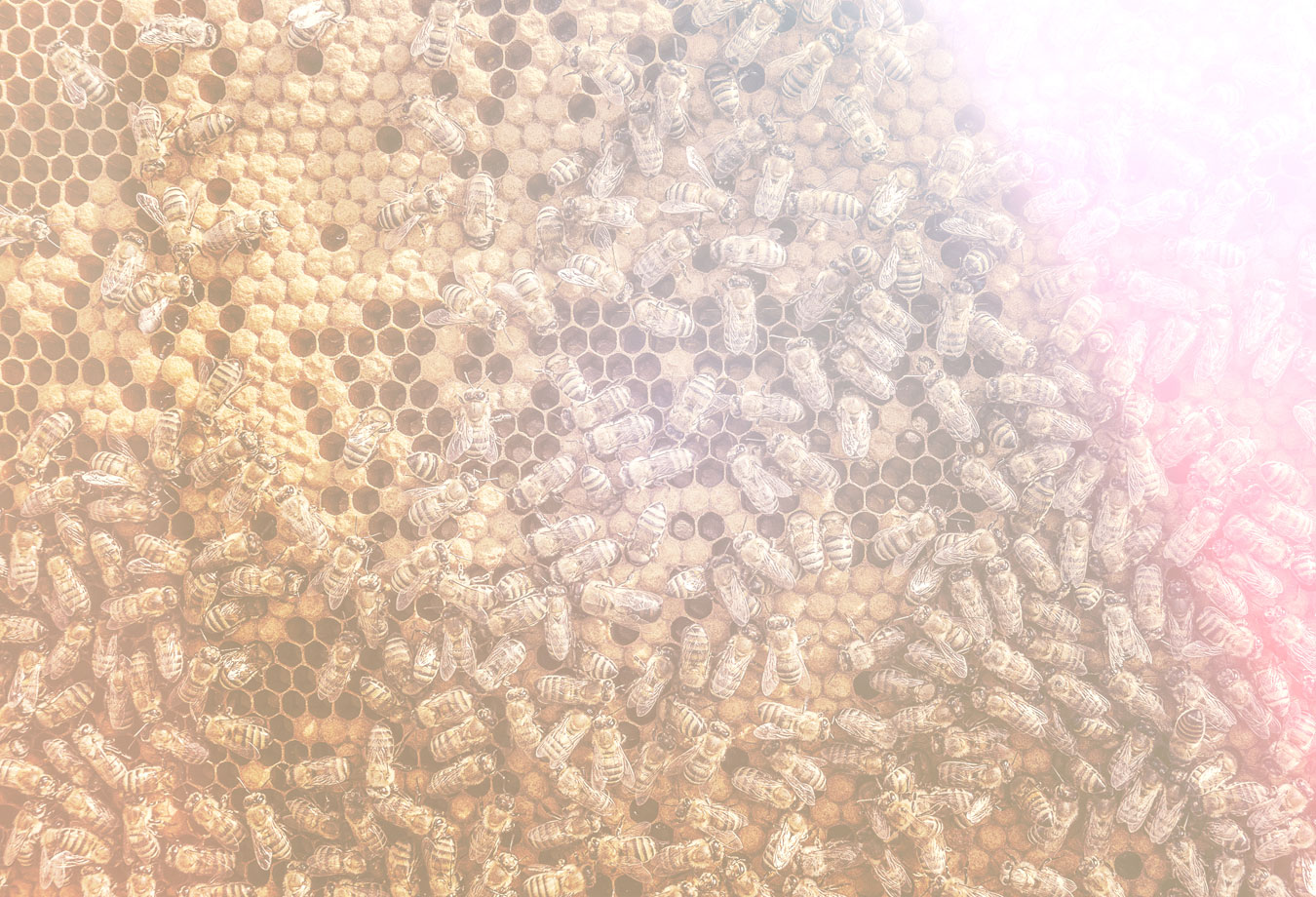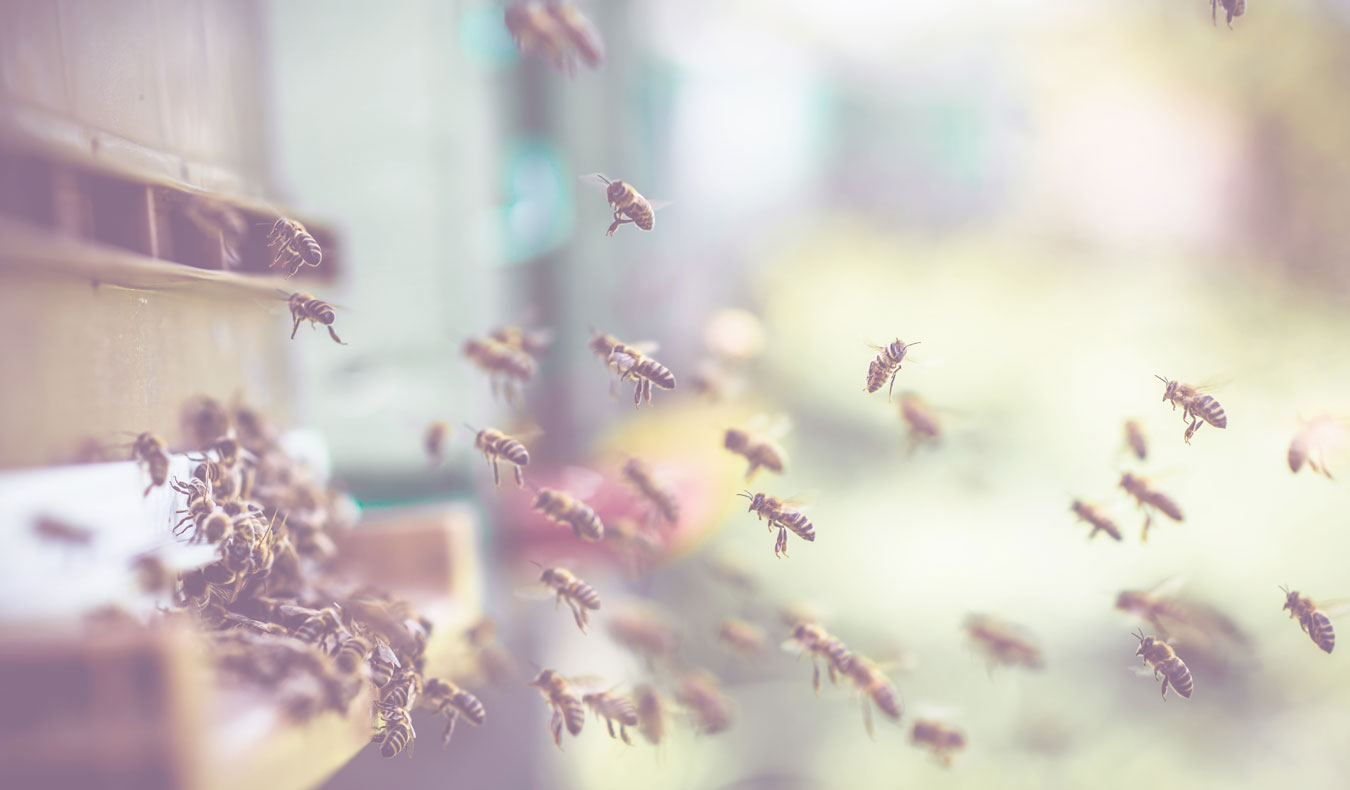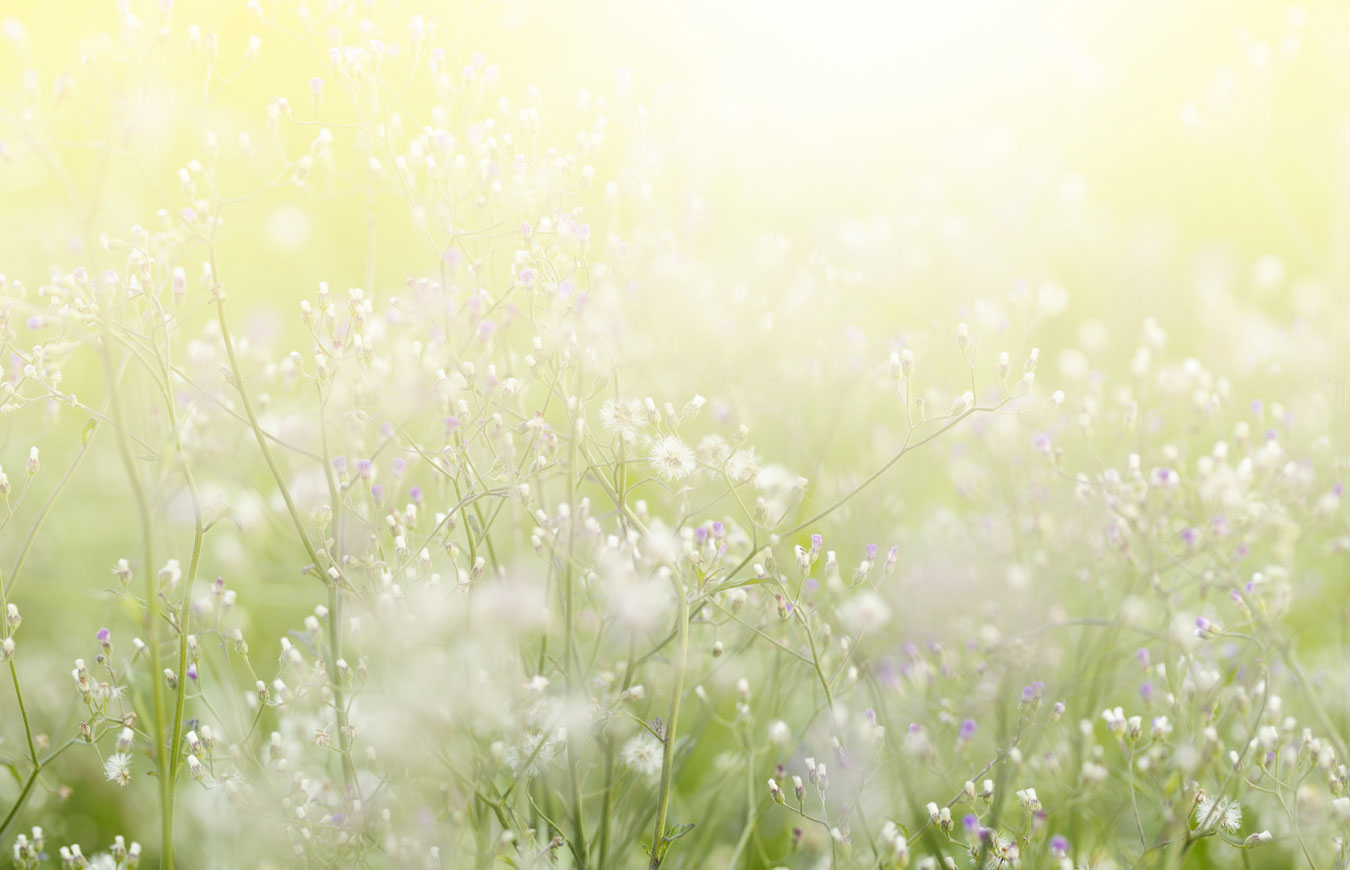The life of Bees
SCROLL
TO
BEGIN

Bees pollinate flowers, which provide us with:
Crops for food
Food and habitat for wildlife
Biofuel
Green
and flowered spaces











Bees make honey, which can be eaten straight from the hive, known as "raw honey". It has natural anti-fungal, anti-viral, anti-septic, anti-biotic and
anti-bacterial properties!
As well as honey, bees naturally produce propolis, wax. Propolis
is used as a natural glue to mend the hive and seal cracks but has remarkable health benefits for
us humans.




Research has shown that honeybees have favourite flowers!
The top 5 to plant to help provide pollen for honeybees and
a splash of colour to your garden are:
Pot Marjoram
Helenium Autumnale
Helenium SEF
Calamint
Sedum Spectabile


Honey is made by mixing pollen and a special enzyme with saliva. The mixture is secreted into a cell and fanned with the bee's wings to remove excess water. Once it is the consistency of honey the cells are sealed.
When a queen lays an egg she decides whether it is a female or a male. The worker bees then feed that larvae with pollen. If a new queen is needed, the worker bees
will exclusively feed the larvae royal jelly.

We've adopted a beehive with Bees for Business, as part of their project to reverse the decline of the honeybee by installing 250 beehives over 5 years on their organic farm.
Learn more and adopt your
own business beehive at www.BeesforBusiness.com

Creative Digital Marketing Agency
www.bronco.co.uk | sales@bronco.co.uk | 01765 608530








































